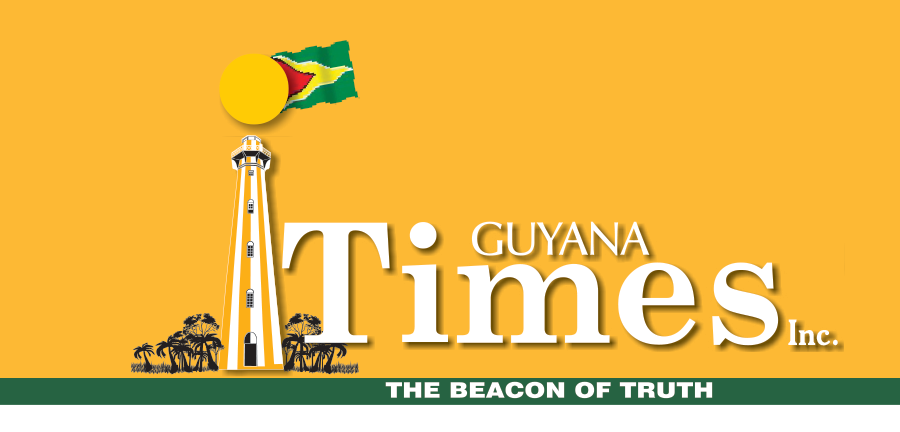The Pan American Health Organisation (PAHO) has confirmed a surge of Oropouche fever cases across the Americas, with more than 12,000 infections reported regionally, as Guyana now records its first case of the mosquito-borne illness.
 Health authorities are stepping up surveillance and urging citizens to take immediate precautions as the disease continues to spread.
Health authorities are stepping up surveillance and urging citizens to take immediate precautions as the disease continues to spread.
As of July 27, 2025, PAHO has documented 12,786 confirmed infections across 11 countries. Seven of these nations have reported local transmission, while four have registered imported cases.
In the Caribbean, Cuba has recorded 28 cases, while Guyana has confirmed its first infection, signalling the virus’s entry into the country.
 Although the numbers in the Caribbean remain relatively low compared to South America, PAHO and local health officials warn that the disease poses a serious risk due to its ability to spread rapidly in urban and semi-urban communities.
Although the numbers in the Caribbean remain relatively low compared to South America, PAHO and local health officials warn that the disease poses a serious risk due to its ability to spread rapidly in urban and semi-urban communities.
Oropouche fever is primarily transmitted by the Culicoides paraensis midge, a biting insect that thrives in areas affected by climate change, urbanisation, and deforestation.
Brazil remains the epicentre of the outbreak, with 11,888 cases reported across 20 states. The hardest-hit regions include Espírito Santo with 6322 cases and Rio de Janeiro with 2497. Brazil has also confirmed five deaths, along with cases of neurological complications and foetal deaths currently under investigation.
Elsewhere, Panama has recorded 501 cases, Peru 330, Colombia 26, and Venezuela 5. Imported cases have been detected as far afield as Uruguay, Chile, Canada, and the United States.
Oropouche fever typically presents with high fever, intense headaches, muscle and joint pain, and fatigue. While most patients recover within two to three weeks, up to 60 percent may suffer relapses. Though rare, severe complications such as meningitis and encephalitis have been reported, and pregnant women face heightened risks of adverse foetal outcomes.
Signs, symptoms
Oropouche fever often begins suddenly and can closely resemble influenza or dengue. Symptoms usually appear four to eight days after infection. Patients often report a rapid onset of high fever, sometimes spiking above 38°C (100.4°F), accompanied by intense headaches, muscle and joint pain, and dizziness. Many individuals also experience chills, sweating, nausea, and vomiting, while some may develop a skin rash. Although the illness is not typically fatal, it can be quite debilitating.
Diagnosis
Because the clinical picture of Oropouche fever is so similar to other mosquito-borne diseases such as dengue and chikungunya, proper diagnosis is essential. Doctors rely on laboratory tests to confirm the infection. These may include RT-PCR testing to detect the virus’s genetic material in the blood, as well as serological tests that measure the presence of IgM or IgG antibodies specific to the Oropouche virus.
Health authorities stress that anyone experiencing sudden fever and joint pain should seek medical attention immediately, both to receive care and to help distinguish Oropouche from other illnesses of public health concern.
Treatment
At present, there is no vaccine or specific antiviral medication available for Oropouche fever. Treatment focuses on relieving symptoms and supporting recovery. Importantly, patients are advised to avoid aspirin and certain non-steroidal anti-inflammatory drugs until dengue has been ruled out, as these medications can increase the risk of bleeding complications in dengue cases.
In response, PAHO is calling on Governments to reinforce epidemiological surveillance, strengthen clinical capacity, and expand vector control initiatives. Recommended measures include eliminating potential breeding sites for midges, adopting more sustainable agricultural practices, and encouraging personal protection methods such as the use of insect repellents and protective clothing.
Importantly, early diagnosis is critical to distinguish Oropouche fever from dengue and other arboviruses that present with similar symptoms.
The organisation is also urging national health authorities to promptly report unusual cases, including deaths or vertical transmission from mother to child, while providing technical support to strengthen laboratory capacity and medical management.
In Guyana, the Ministry of Health has moved to intensify its monitoring systems, particularly in border regions and hinterland communities where the risk of vector-borne diseases is highest.
Officials are emphasising public education campaigns, encouraging citizens to seek immediate medical attention if they develop symptoms, and reinforcing household-level measures to reduce insect breeding.
Discover more from Guyana Times
Subscribe to get the latest posts sent to your email.













